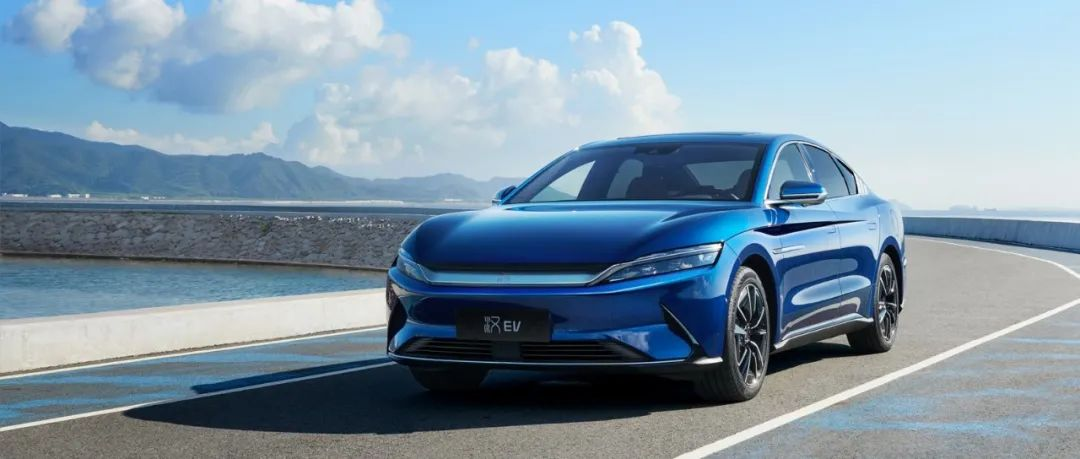Has China’s Automotive Industry Achieved Overtaking in a New Lane?
Looking at the case of BYD Han, overtaking in a new lane has already been achieved in the sub-segment market of mid-to-large-sized sedans.
In the December 2021 Automobile Insurance List released by China Automotive Center, BYD Han surpassed the Mercedes-Benz E-Class, BMW 5 Series, and Audi A6L, topping the sales volume of mid-to-large-sized sedans.

This is the first time that a Chinese brand of car has won the championship in the mid-to-large-sized sedan market, and for the Chinese automotive industry, it is a historic moment. The Chinese automotive industry has finally been able to compete head-to-head with foreign brands in high-end models after nearly 40 years of open development, and stand on the same level.
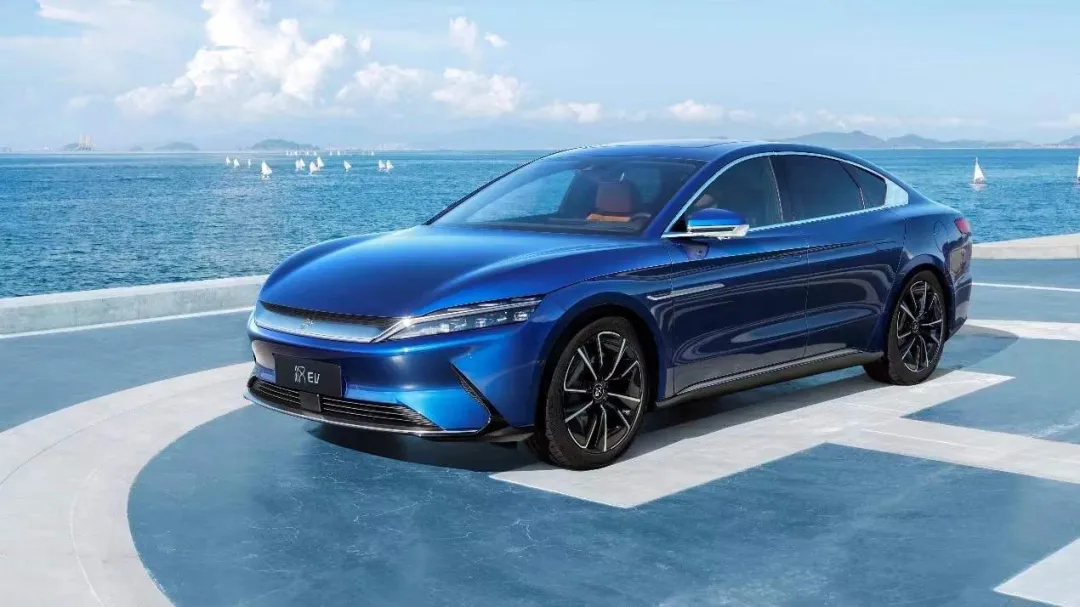
Of course, looking at only monthly results may seem a bit weak. In comprehensive terms, BYD Han has entered the top three in automobile insurance for mid-to-large-sized sedans for five consecutive months, proving that BYD Han’s achievement is not a flash in the pan but a new pattern.
BBBA pattern, where one of the “B”s is BYD, is a result of BYD’s efforts and the latest example of Chinese domestic automotive brands using new energy vehicle technology to achieve overtaking in a new lane.
In addition to BYD Han, a group of domestic and new startup brands can be seen, competing with traditional foreign powerhouses in their respective fields and having already gained relative advantages. As domestic brands rise in strength, the Chinese automotive industry gradually becomes bigger and stronger, just like the first golden age in Chinese development history – the powerful “Han Dynasty”.
How to understand this phenomenon? BYD Han is still a good example to study.
Win Mid-to-Large, Win the World
BYD Han’s topping the monthly automobile insurance of mid-to-large-sized sedans had signs of it happening early on.
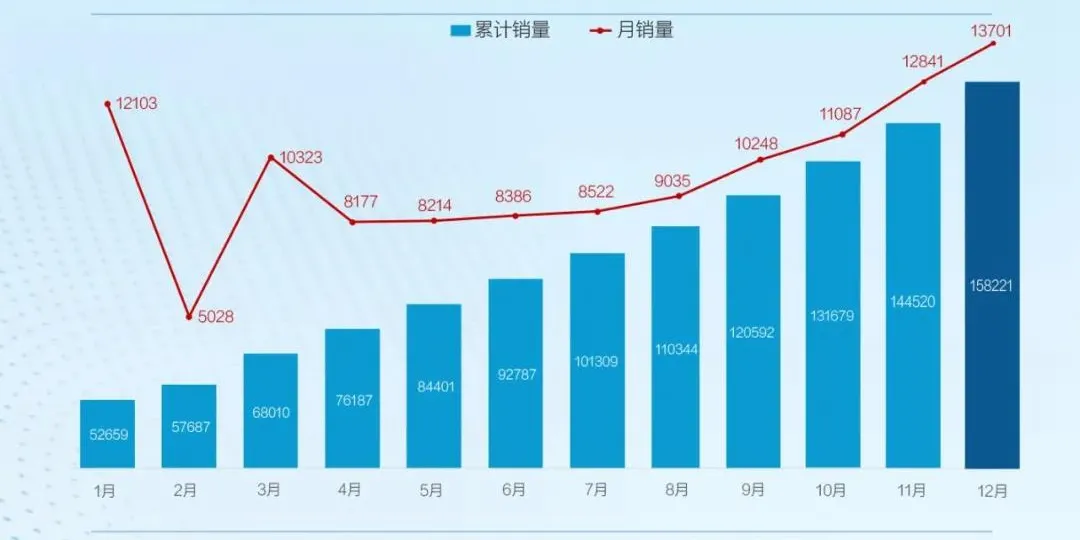
BYD Han, which was launched in the summer of 2020, had a very strong product competitiveness, with a luxury car level of exterior and interior design, and no competitor in the same price range and grade in terms of power, with an acceleration of 0-100km/h taking only 3.9 seconds. Hence, Han was sold out upon its launch and entered a state of being hard to get.
Until 2021, while major car companies were all faced with the challenge of chip production capacity, BYD Han still maintained a strong sales performance, with monthly sales volume remaining above 8,000, which already means BYD Han is destined to rank among the top in its sub-segment market.It is no surprise that BYD Han has taken a firm position in the top three of the mid- to large-sized sedan market, according to the retail sales data released by the China Passenger Car Association (CPCA), and is making a push for the top spot.

From the third-party data of comprehensive monthly retail sales and insurance registration, BYD Han has steadily climbed to the top three in the mid- to large-sized sedan market. Winning the monthly insurance registration championship in the highly competitive and profitable mid- to large-sized sedan market is of great significance.
In the Chinese car market, there is an implicit rule that whoever wins the mid- to large-sized sedan market wins the world.
Mid- to large-sized sedans not only have strong product competitiveness in the car market but also have a strong influence on the brand of the car. Historical evidence shows that the automakers who have succeeded in the mid- to large-sized luxury sedan market are brands with strong brand influence, and they are also in their brand’s rising period.
Currently, the mid- to large-sized sedan market has been monopolized by the German trio of Mercedes-Benz, BMW, and Audi for many years. Even second-tier luxury joint venture brands have difficulty making a breakthrough in this market. Even strong brands such as Toyota, Volkswagen, and General Motors with their Crown, Huiang, and Junyu have not reached the level of monthly sales of 10,000 units for years, even with the Cadillac CT5 and CT6 models.
The reason behind this is that mid- to large-sized sedan consumers not only want product competitiveness but also want the brand influence of the car.
Among the luxury car brands of BBA, Audi has gained a lot of brand points through the official car effect of the A6L. Mercedes-Benz E-Class has been the annual sales champion of mid- to large-sized sedans in recent years because of its luxurious brand benchmark image. In 2021, the BMW 5 Series replaced the Mercedes-Benz E-Class as the annual sales champion of mid- to large-sized sedans, with the background of BMW’s sales breaking through 840,000 units in China, winning the total championship of the Chinese luxury car market.
Therefore, it is logical that whoever wins the mid- to large-sized sedan market wins the world in the car market.
Looking back in history, mid- to large-sized sedans have also brought overall driving effects to other car brands outside of BBA. The Crown has laid the foundation for Toyota’s image in the minds of consumers, while the Buick Junyu has linked American luxury to the Buick brand in the minds of consumers. So from another angle, mid- to large-sized sedans are a catalyst for automotive brands to develop upward.
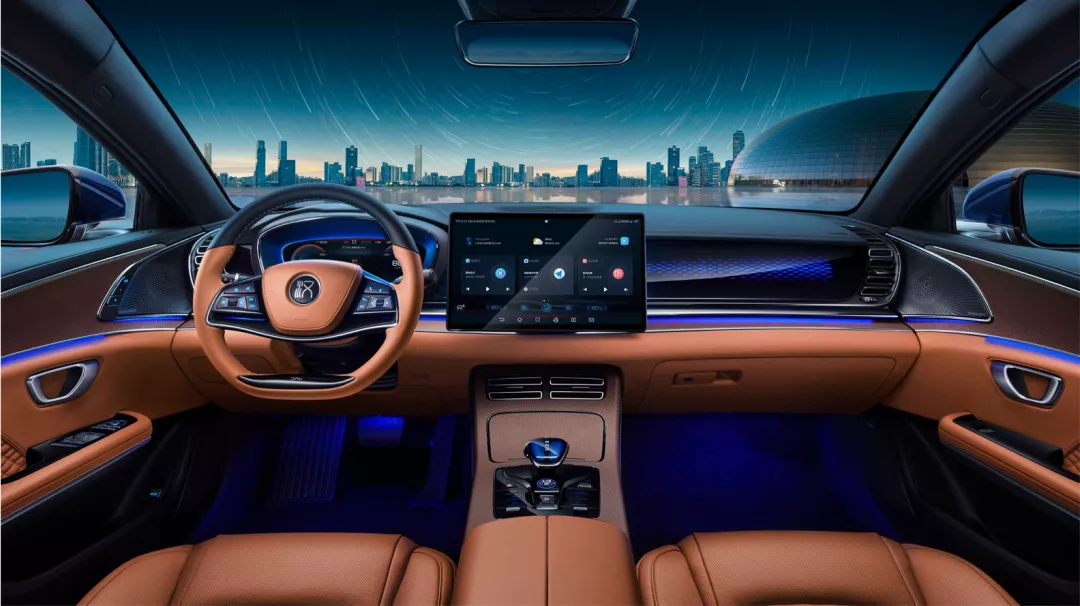
Whoever wins the mid- to large-sized sedan market wins the world, and BYD Han has won the monthly insurance registration championship of the mid- to large-sized sedan, which is a positive feedback in the upward process of the BYD brand and will catalyze the continued development of the BYD brand.## Third-party data provides evidence.
According to data from the China Passenger Car Association, BYD sales exceeded those of Brilliance-BMW, Beijing-Benz, and FAW-Audi in the Chinese market, with sales of more than 720,000 vehicles in 2021. The DM-i super hybrid model after the BYD Han continues to be a hot seller.
In the large and medium-sized sedan market where foreign car companies have long held an absolute lead, BYD has successfully opened up a breakthrough, forming a BBBA situation, which has made a proud and fortunate achievement for China’s automobile industry.
Compared to sales success, we should pay more attention to the relationship between the Han and the BYD brand. Although whoever wins the large and medium-sized sedan market wins the world, is it the Han that drives the BYD brand up or is it inevitable that a hot product like Han will be produced in the process of the BYD brand’s upward trend?
The inevitability of brand development
Let’s get back to the data. From the data, it can be seen that:
The hot sales of the Han are a necessary part of the BYD brand’s upward development.
Compared with the ups and downs of the sales data of large and medium-sized sedans under BBA, the sales of the BYD Han continued to rise in the second half of 2021, which is due to the advantages of the BYD Group’s industrial chain.
In 2021, Audi had to deliver only one car key to consumers and another car key had to be delivered later after chip supply had been replenished due to chip shortages. This illustrates how serious the chip shortage was for this automaker.
Not only did the three luxury car companies under BBA experience this problem, but there were also countless magical events that occurred in 2021 due to chip shortages. For example, a certain new car company publicly solicited opinions from consumers and required them to choose between receiving cars with missing components or postponing delivery. Some car companies also secretly used the “downgrading” method to adjust the USB-C interface in the car to only charge and not transfer data.
However, BYD did not experience such magical events due to chip shortages. Why doesn’t BYD have these issues?
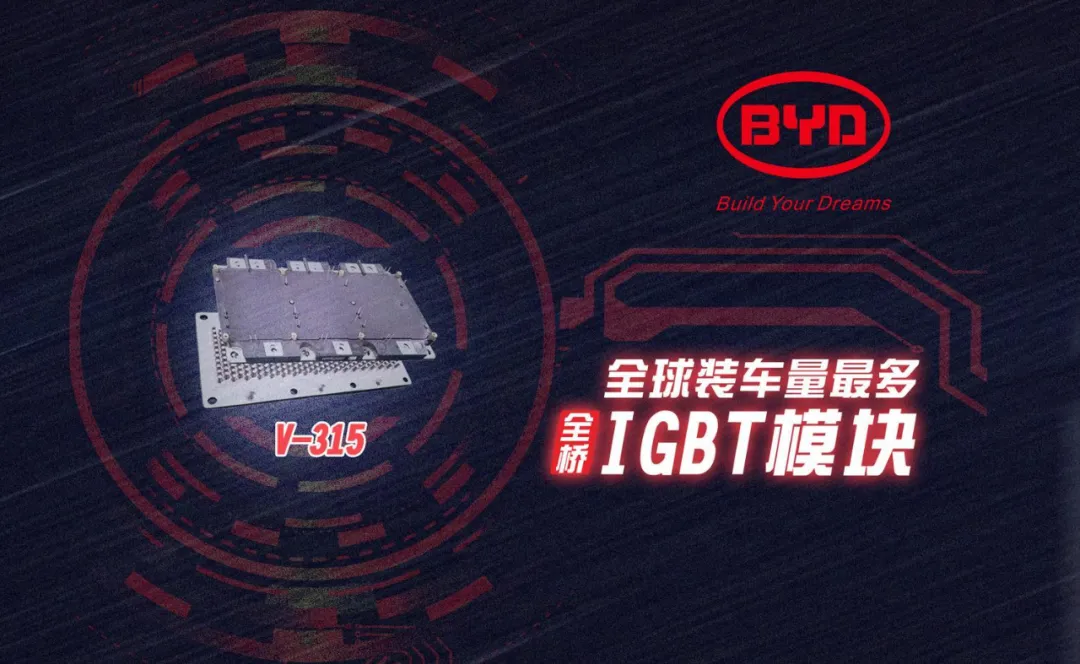
One core reason is that BYD is a fully self-developed and self-produced industrial chain enterprise.
BYD Automotive is backed by the BYD Group, which develops and manufactures everything from silicon-based chips to rail transit systems within the BYD industrial chain.
BYD’s advantage in the entire industrial chain is something that other car companies do not possess. Every cloud has a silver lining, and the chip shortage dilemma in the automotive industry after the epidemic has finally paid off for BYD, which persists in self-development.“`
In BYD’s new energy vehicles, the most basic IGBT chips and MCU control chips can be guaranteed priority supply within BYD’s supply chain system. Therefore, while BBA’s powerchip supply is in crisis, BYD can use its own chips without worries.
Insisting on self-research and self-production, BYD can be detached from the whole industry chain supply crisis, surpassing ordinary car brands, and therefore, BYD has a great opportunity for brand improvement.
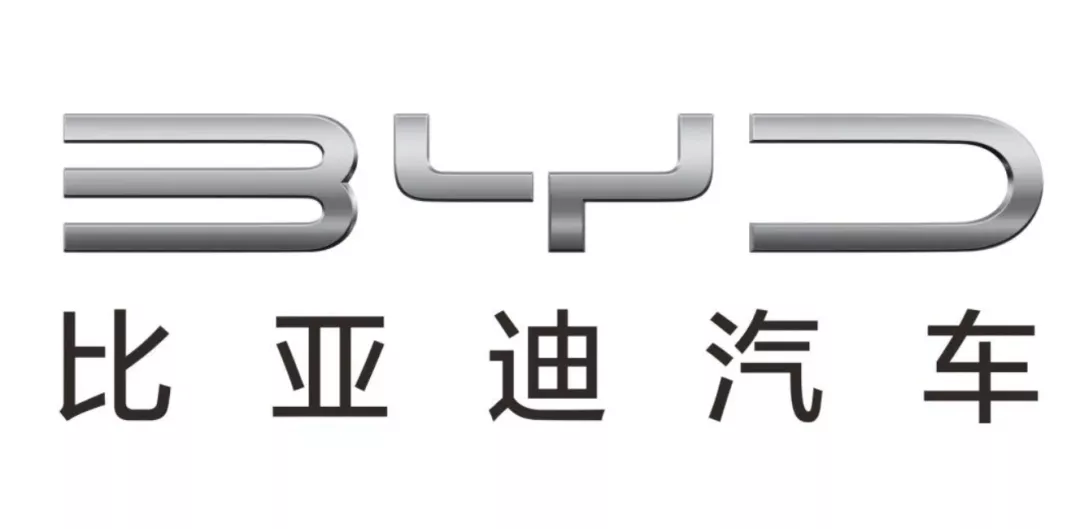
Like thousands of Chinese industrial manufacturing companies, in the personal computer field, in the mobile communication field, in the household electrical appliance field, there are many hard-working and persistent manufacturers. Brands like Gree, Huawei, and DJI, etc. have been cultivating innovations and challenges in their respective fields, persevering and holding on. They succeeded in fast development and brand promotion within a specific window period.
BYD is one of the excellent brands, and like these brands, BYD is also starting to expand into the international market. In 2021, BYD’s pure electric vehicles produced in China began to be sold to Europe and South America, achieving impressive performance in the local market.

Take the first batch of 1000 BYD Tang EVs exported to Norway as an example, it was completely sold out in just four months after its launch, which shows that the BYD brand is no longer limited to the Chinese market and is growing into a world-class brand.
A new process in history
From introducing to exporting, the Chinese automobile industry needs more BYD.
From the first car down the assembly line to 2022, the Chinese automobile industry has passed 66 years of history. An undeniable fact is that Chinese domestic brands only began to have complete independent innovation capabilities in the last ten years in the history of the automobile industry.
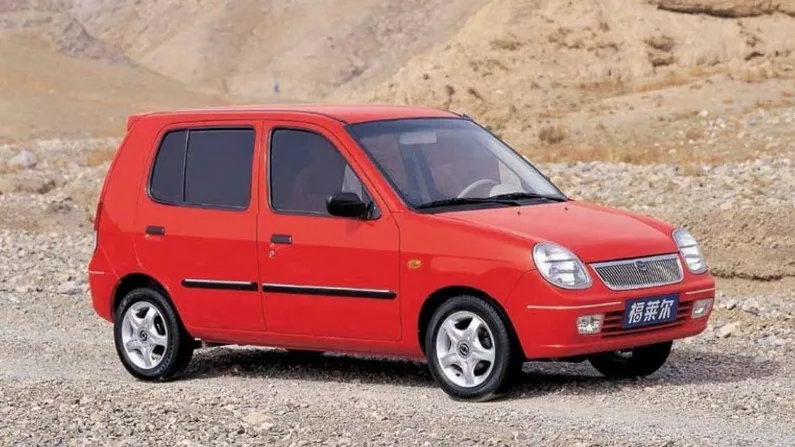
In 1984, Beijing Jeep was established, China’s first automobile joint venture. In the same year, the Volkswagen brand entered China and established a joint venture company with FAW, and later, almost all foreign car brands such as GM, Ford, Toyota, Honda…have established joint venture car companies in China. Joint venture brands have become the mainstay of China’s automobile industry history.
“`An internationally known story is that during the 2008 global financial crisis, China’s car market saved General Motors and Ford. It is also a recognized fact that the Chinese market has established Volkswagen’s leadership position in the automotive industry.
Initially, the Chinese automotive industry lacked advanced technology and exchanging the market for technology was a feasible solution. However, in the past ten years, Chinese domestic brands have made breakthroughs in technology, continuously challenging joint ventures.
The following models should not be forgotten by the automotive industry:
Mei Ren Leopard–the first self-designed and manufactured civilian sports car that showcased domestic brands’ upward momentum.
Geely 3–a combination of Chinese capital and a European team featuring Sino-European cooperation that ended in a disastrous defeat. The automotive industry was painfully aware of the importance of mastering core technology.
Lang Yi–a Chinese-designed vehicle with the Volkswagen badge, showcasing the domestic design team’s capabilities through its excellent sales. However, building brand influence requires long-term accumulation.
In the former Chinese automotive market, there were various automobile products either designed by domestic brands or Chinese teams. Unfortunately, these models either failed to meet production goals or achieved sales but lacked the domestic brand’s name recognition.
It was not until the appearance of the BYD Han that domestic brands achieved both sales and recognition. This success is due to BYD’s innovative persistence and long-term commitment to new energy vehicle technology and industrial chains.
In 2003, BYD began to assemble its automotive team. In 2006, the company established its electric vehicle research institute, and in 2008, its first new energy vehicle was launched, marking the beginning of the company’s rapid growth. It is BYD’s long-term persistence in the field of new energy vehicles over the past 20 years that has paved the way for the explosive sales performance of the BYD Han today.
BYD’s breakthrough is a signal to the entire industry, proving that independent automobile brands can generate appropriate returns as long as they dare to innovate and persist over the long term. The Chinese automobile industry is undergoing a transformation from large to strong, with single-point breakthroughs such as BYD Han being necessary because of the valuable experience they offer while undertaking the brand’s upward process.
The BYD Han has created a new history and formed a brand effect that is no longer limited to the automotive industry, becoming a benchmark in social life. For instance, the BYD Han has recently appeared in a physics exam at a certain school. Prior to this, BYD’s DM-i super hybrid technology had already been written into the textbook “Principles of Automotive Powertrain Systems” published by Tsinghua University Press.
Not only BYD Han, but also independent brands have completely replaced joint ventures in new energy vehicle technology and hold an absolute leading position in overall new energy vehicle sales. Independent brands have taken the initiative by entering joint venture brands’ home markets, competing head-to-head with them.The breakthrough of BYD Han represents the deep cultivation of new energy vehicle technology in the Chinese automotive industry, as well as the rise of Chinese domestic brands, marking the beginning of a new era in the history of the Chinese auto industry.
Opportunity for Carbon Reduction
BYD Han competes head-to-head with European luxury cars in the mid to large-size sedan market, but there is still a long way to go for domestic brands to make their mark in other luxury and ultra-luxury markets.
However, the success of the BYD Han provides us with a reference point.
In the context of global carbon reduction, how should Chinese automakers face carbon reduction, how can they reduce carbon, and how can they make good use of carbon reduction opportunities? BYD Han is an excellent example, actively responding, daring to innovate, and destined to achieve perfect results.
On the other hand, traditional luxury joint venture brands have become poor examples. They are too obsessed with the stunning profits of internal combustion engine vehicles and are deeply entrenched in traditional internal combustion engine technology. In the context of global carbon reduction, they lack competitive new energy vehicles and various hastily-put-together new energy vehicle models have failed in the Chinese auto market.
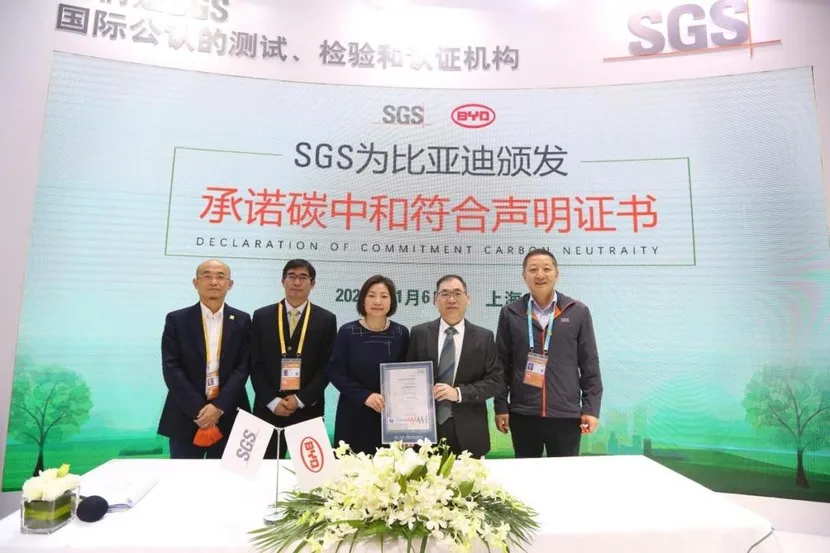
China has set a target of peaking carbon emissions by 2030 and achieving carbon neutrality by 2060. Under this goal, Chinese domestic brands, represented by BYD, are fully utilizing the advantage of new energy vehicle technology, accelerating the process of overtaking in order to achieve carbon reduction, while simultaneously enhancing their strength and brand, and chasing and surpassing foreign luxury brands.
The achievement of BYD Han in the mid to large-size sedan market is just the beginning. With more and more domestic auto brands and emerging domestic brands appearing, the global auto industry will ultimately see changes.
It is important to remember that the Han dynasty was indeed a golden age in Chinese history, but it was only the first.
This article is a translation by ChatGPT of a Chinese report from 42HOW. If you have any questions about it, please email bd@42how.com.
